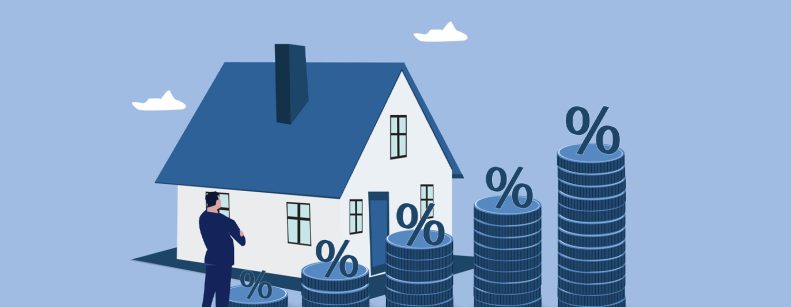
It is no surprise that the increase in the value of houses and apartments has restricted access to housing, and that it is increasingly difficult to obtain a mortgage loan from financial institutions, given the higher amount to be financed, the interest rate, the dividend to be paid and the minimum rent required.
In order to measure how access to housing has been affected, we will consider a 55 m2 house and the average UF/m2 value in the metropolitan region at the size indicated, while for the required rent estimate we will assume that the mortgage loan finances 80.0% of the property, with a 25-year term at the average rate at which mortgage loans have been financed according to the Central Bank's database. Finally, the dividend should not exceed 25.0% of the minimum required income, so the salary should be at least 4 times the dividend to be paid.
First, from the first quarter of 2006 to the third quarter of 2023, the UF/M2 value has risen 173.1% from UF 27.12 to UF 74.05, which represents an increase from UF 1,492 to UF 4,073 for a 55.0 m2 property.
In terms of the financial cost of mortgage credit, although the average interest rate has risen steadily from 2.17% in 3Q19 to 4.35% in 3Q23, it is also true that rates were consistently above 4.0%, even exceeding 5.0%, between 2006 and 1Q14. However, given that the impact generated by the increase in property values is greater, dividends and the minimum rent required to access a home have risen by 151.0% with a dividend and minimum rent of UF 7.04 and UF 28.18 in 1Q06 to a dividend and minimum rent of UF 17.68 and UF 70.72 in 3Q23. When viewed in pesos, the differential is much greater, given that the dividend and minimum income were $126,265 and $505,061 in 1Q06 and $639,608 and $2,558,433 in 3Q23.
Finally, we take the INE series that reflects the real increase in wages since 2016. the real increase in salaries since 2016, which have had an increase of 10.19% from 1Q16 to 3Q23, much lower than the 36.07% advance that the UF/M2 value of properties has had and a 44.28% increase in dividends and minimum rent in the same period.
The gap between the increase in real wages and the increase in the minimum rent required gives us a clear indication of how access to housing has narrowed. Given the above, many individuals and families have families have had to opt for renting instead of buying, and in response to the increase in demand for renting, markets such as multifamily have had an exponential growth in the last few years. have had an exponential growth in the country, going from offering less than 2,000 units in 1Q16 to 23,384 apartments in 129 buildings in 3Q23.
Ulysses Hamasaki
Real Estate Portfolio Manager